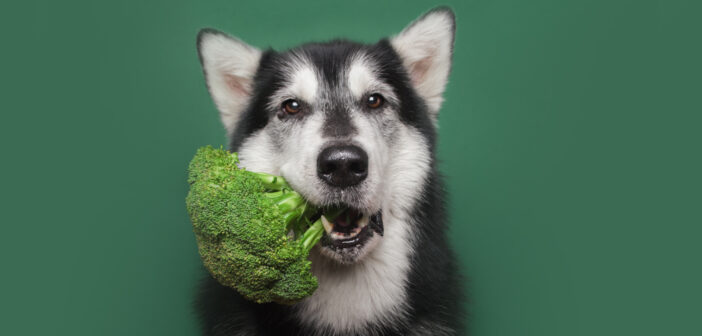It’s no secret – to keep your pup happy and healthy, good nutrition is of utmost importance. What should your canine eat to stay healthy?
Commercial Dog Food
Designed to meet all of a dog’s nutritional needs, most of the leading commercial products contain meat, grains, vegetables, fruit and vitamins. The American College of Veterinary Nutrition says commercial foods are safe and healthful options for feeding pets.
Wet or Dry?
When it comes to wet or dry food, both can have benefits. Dry food is believed to be better for a dog’s teeth. The wet varieties provide more moisture, which is especially helpful for dogs that don’t drink a lot of water. Most vets say it’s really a toss-up – both are nutritionally sound.
How Much?
When it comes to feeding, a pet owner’s most common mistake is overfeeding. It’s important to feed the right amount and right type of food to keep the animal at a healthy weight, as extra pounds can lead to many problems – just as they can for humans. Ask your vet for recommendations.
Table Scraps
Although there are some foods from your plate that you can share with a dog, you’ve got to be careful. The FDA warns that chocolate, fatty foods, chicken bones, moldy foods, salty snacks and raw meat are not good for pets. In addition, consuming grapes, raisins and onions can make your dog very sick.
Water
When it comes to your dog’s nutrition, water is even more important than protein, fat, carbohydrates, vitamins and minerals. Your dog’s body will naturally lose water throughout the day. Make sure your dog drinks at least one ounce of water daily for each pound they weigh, and keep that bowl full during the warmer months.
What About Grain-Free?
Many of the major pet food brands have been advertising their grain-free formulas as being nutritionally better for dogs. But, why?
As a species, dogs can be allergic to a variety of nutritional elements, such as dairy, wheat and soy. Grain is one major allergen that has recently gotten significant media attention.
While every pet has unique nutritional needs, all pets need vitamins and healthy substances found primarily in grain. Research shows that grain free isn’t necessarily better for pets, except for the 10% of pets who have a grain allergy or intolerance.
When we look at the evolution of our beloved companions, it is important to note that when dogs were restricted to the wild, their diet consisted almost entirely of meat and small amounts of plant/vegetable matter ingested by the prey they caught. This was plenty to sustain them and their lifestyle at the time, and it is more than enough today. However, if you don’t seek out the best grain-free dog food, your pet may be consuming a diet with many added grain ingredients. While these grains are not harmful to most dogs, some are allergic to them and as a result, they can experience negative side effects.
Grains typically used in dog foods:
- Wheat
- Corn
- Rice
- Soy
- Oats
- Barley
- Rye
Are Grain-Free Dog Foods Carb-Free?
The answer: not necessarily. Some food producers substitute other carbohydrate sources, such as potatoes, sweet potatoes, lentils, peas or quinoa. This can make some grain-free dog food recipes equal to or higher in carbs than those that contain grains.
Symptoms of Grain Allergies
- Itchy skin
- Dry, flaky skin
- Hair loss
- Bumps/rash
- Chronic ear infections
- Obsessive licking/chewing of feet
- Inflamed, red paw pads
- Gastrointestinal upset
There’s no set formula for how often you feed your dog or what you put in their bowl, according to petswebmd.com. Nutritional requirements for dogs vary by breed, size, age and health. Ask your vet to recommend the best dietary plan for your furry friend.




